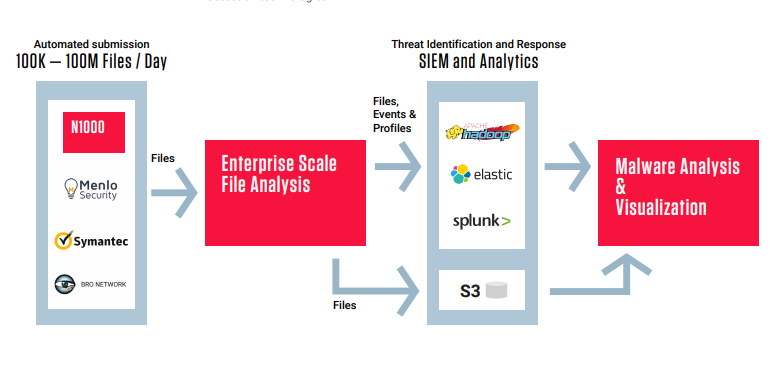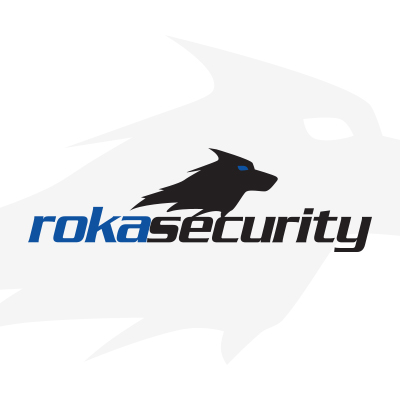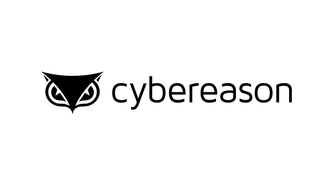
Categories
Problems that solves
Shortage of inhouse software developers
Shortage of inhouse IT resources
Shortage of inhouse IT engineers
High costs of IT personnel
Values
Enhance Staff Productivity
Reduce Costs
Silobreaker Online
Our products are designed to support your workflow, from collecting and analysing data to disseminating your findings across your organisation
About Product
Description
Silobreaker Online is our flagship product. A hosted and secure online offering that includes all analytical tools and visualisations and comes with links to open source data in multiple languages from hundreds of thousands of news, blogs, feeds, forums and social media sources. Offered as a subscription service, Silobreaker Online comes with a number of ready-made dashboards and watch-lists. It couldn’t be easier to sign up and get started.
Features:
Hot Spots
Discover what’s happening and where. Hot Spots performs real-time geo-mapping and shows the evidence for each location, enriched with related people, organisations, keywords and other entities. A full perspective with just a click.
Dashboards
Divide your monitoring and analysis of different areas, use-cases and projects into separate dashboards. Create and customise as many dashboards as you need, then share them with colleagues for collaboration and work-flow support.
Time Series
Transform the data that interests you into meaningful charts. Time Series helps you understand how stories have broken, evolved and spread. And by exploring further through industry, sector or geography, Time Series tells you why specific people, companies, hacker groups, hashtags or other entity types are trending.
Word Cloud
Discover the entities most related to your query. A simple yet extremely insightful tool, Word Cloud colour-codes words by their heat in the last 24 hours and allows you to click on any word or phrase to see how it is related to your query.
Heat
Find out what is being talked about more than usual or most of all. Our Heat feature is an early warning tool that lets you monitor any number of categories or entities in order to identify what's been trending in the last 24-hour and 7-day periods.
Network
Make discoveries with ease. The Network connects relationships and associations between entities in real-time based on their co-occurrences in the data, helping you to see beyond your original focus. A powerful visualisation, it's perfect for your internal reports.
360° Search
Access a level of perspective that you just don’t get from plain search results. 360° Search gives you a wide-ranging overview of what is relevant from all the latest data, enriched with our analytics and contextualised visualisations.
My Content
Securely upload, write, store, share, visualise and analyse your own content. View the content on its own or alongside Silobreaker's external data. We support many formats including MS Office, PDF, HTML and RTF.
Watch List
Keep track of the things that interest you. We've made it easy to organise and monitor hundreds or thousands of names. Make single-click queries for whole lists across all of Silobreaker's tools. Lists are also simple to share and collaborate on with colleagues.
Third Party Integration
Leverage third-party products with the strength of Silobreaker's features. Maltego users, for instance, can subscribe to Silobreaker Transforms and benefit from accessing both structured and unstructured threat data.
Export
Share and distribute the results from your dashboards, widgets and content collections. Silobreaker's export features, including email-alerts, RSS-feeds and our mobile app, ensure that colleagues on the move or senior stakeholders stay updated anywhere, any time.
Reporting
Create, write and distribute in-depth reports or short digests straight from Silobreaker. Combine your findings in Silobreaker with your own comments and viewpoints. Collaborate with colleagues to streamline the report-design and its content.


















